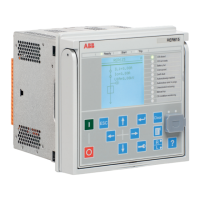Figure 125: Two-phase short circuit, short circuit is between phases B and C
Cross-polarizing as polarizing quantity
Table 261: Equations for calculating angle difference for cross-polarizing method
Faulted
phases
Used
fault
current
Used
polarizing
voltage
Angle difference
A I
A
U
BC
ANGLE A U I
BC
A
RCA
o
_ ( ) - ( ) - = +
ϕ ϕ ϕ
90
B I
B
U
CA
ANGLE B U I
CA
B
RCA
o
_ ( ) - ( ) - = +
ϕ ϕ ϕ
90
C I
C
U
AB
ANGLE C U I
AB
C
RCA
o
_ ( ) - ( ) - = +
ϕ ϕ ϕ
90
A - B I
A
- I
B
U
BC
- U
CA
ANGLE A U U I I
BC CA
A B
RCA
o
_ ( - ) - ( - ) - = +
ϕ ϕ ϕ
90
B - C I
B
- I
C
U
CA
- U
AB
ANGLE B U U I I
CA AB
B C
RCA
o
_ ( - ) - ( - ) - = +
ϕ ϕ ϕ
90
C - A I
C
- I
A
U
AB
- U
BC
ANGLE C U U I I
AB BC
C A
RCA
o
_ ( - ) - ( - ) - = +
ϕ ϕ ϕ
90
The angle difference between the polarizing quantity U
BC
and operating quantity I
A
is marked as φ in an example of the phasors in a single-phase earth fault where
the faulted phase is phase A. The polarizing quantity is rotated with 90 degrees. The
characteristic angle is assumed to be ~ 0 degrees.
1MRS758755 C
Protection functions
REC615 & RER615
Technical Manual
245

